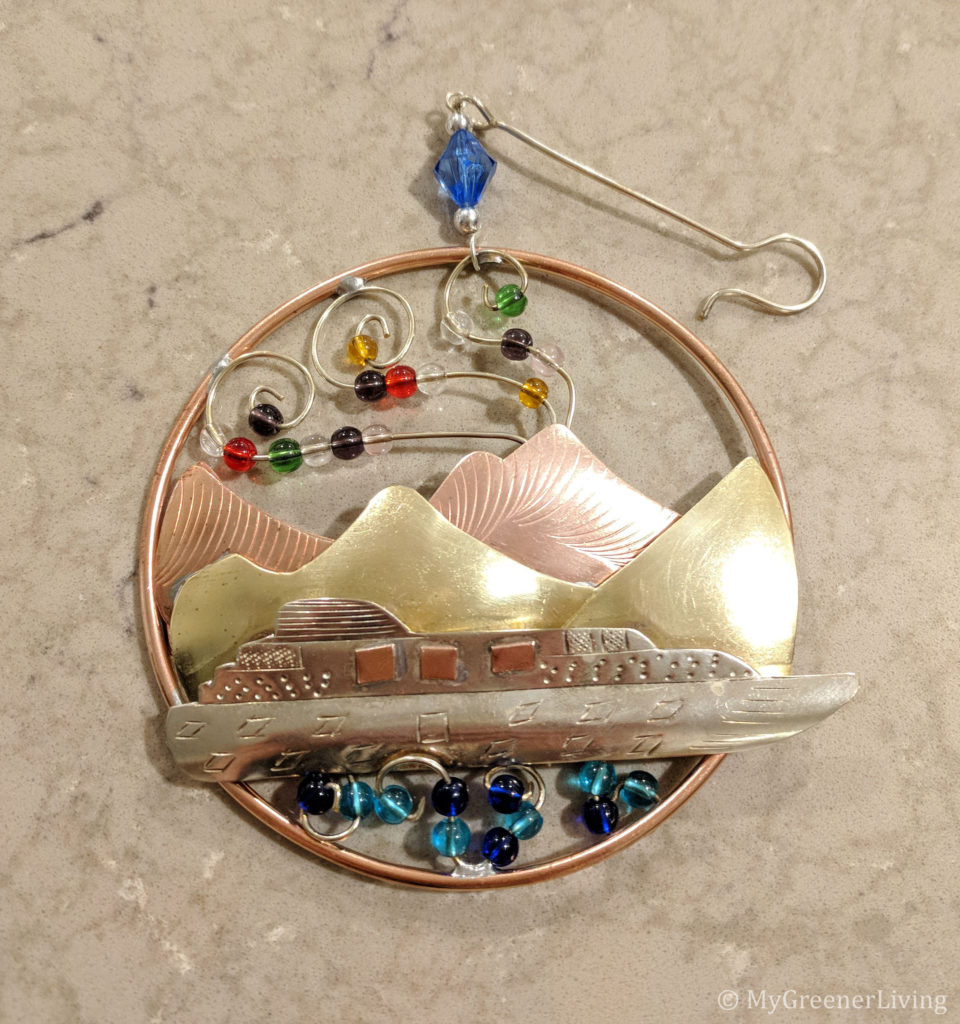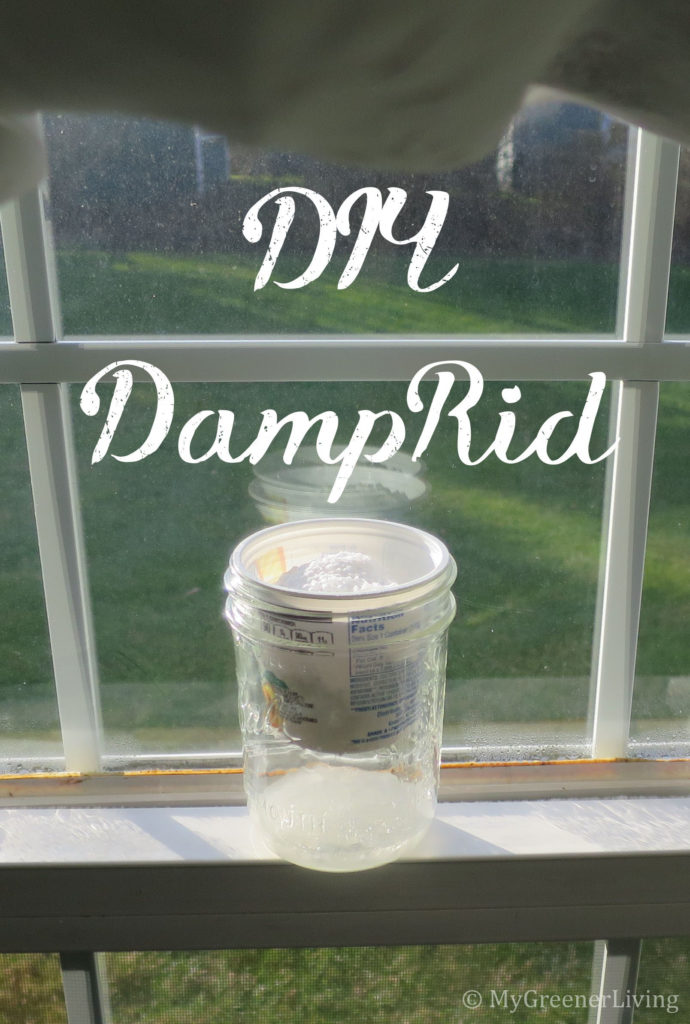Several years ago, a good friend of mine introduced me to Bar Keeper’s Friend. “It’s amazing. It cleans everything. You need to try it.” I honestly don’t know if I even had a specific cleaning need at the time. But I found ways to clean with it, and I absolutely love it.
Disclaimer: This post contains affiliate links. See my Disclosure Policy for more information.

Note: Bar Keeper’s Friend is not as “natural” as I prefer, however I still feel it is beneficial in my cleaning regime, and I have not found any other product or cleaning method that accomplishes the same thing.
How I use Bar Keeper’s Friend Cleanser and Polisher
To use Bar Keeper’s Friend, I:

- Sprinkle a little of the powder on the area to be cleaned,
- Dampen a kitchen cloth with water (a paper towel may be used)
- Using the dampened area of the cloth, I rub the Bar Keeper’s friend into the area to be cleaned. If more water is needed, I spray water onto the surface to be cleaned.
- Once done cleaning, I rinse the cloth well with clean water. I then use this damp cloth to wipe down all areas that the Bar Keeper’s Friend touched (e.g. stove surface). I rinse the cloth out as needed. If I used Bar Keeper’s Friend on a smaller surface that I can fit in the sink (e.g. pots), I wash out the product using my liquid castile soap and water.

As with any cleaner, I use only as much as I need, I ensure that I wash my hands thoroughly after contacting Bar Keeper’s Friend. I recommend wearing gloves when using, but I won’t lie, I don’t, and I’ve never had a reaction.
Where I Use Bar Keeper’s Friend
I use Bar Keeper’s Friend Cleanser and Polisher for a variety of uses, mainly in the kitchen. The manufacturer also provides suggested uses on their website and on the packaging.

Sink
I have a stainless steel sink. It stains. There’s this one spot that always gets a rust stain. And Bar Keeper’s Friend makes it go away. It’s like magic. Additionally, I scrub my whole sink with Bar Keeper’s Friend a couple times a year a least. While it is pretty easy to keep stainless steel looking good with regular washing out with just water and castile soap, Bar Keeper’s Friend really cleans well, and makes my sink look brand new.
Brushed nickel kitchen faucet
On my kitchen sink, I have a brushed nickle faucet, handle, and soap dispenser. These get a lot of water spots on them when I am washing dishes. Just a little Bar Keeper’s friend on a damp cloth will polish the kitchen faucet and accessories very well.
Stainless steel pots
I have a couple heavy bottom stainless steel pots. Recently I noticed a few rust spots on the bottom of my favorite pot. I grabbed my Bar Keeper’s Friend, sprinkled a little on the rust stain, rubbed in with a damp cloth, and the rust was gone. I ended up polishing the entire pot with Bar Keeper’s friend, and it shines like new. To ensure that any residue was removed before I cook in this pot again, I made sure to wash the pot very, very well with castile soap and water after. Note: do NOT use Bar Keeper’s Friend on cast iron cookware.

Stove
I have used Bar Keeper’s Friend to clean both a glass cooktop stove and the ceramic top of my gas stove. Bar Keeper’s Friend does a great job of polishing the glass or ceramic surface. It is not gritty and has never left a scratch in these smooth surfaces, and it does a fantastic job of removing the stains left by burned on liquids. Note: do NOT use Bar Keeper’s Friend on the cast iron grates of your gas stove.
Counters
I have ugly old laminate Formica countertops, and Bar Keeper’s Friend does a great job to cleaning the water stains. It also does a fine job of general cleaning, but I typically just use castile soap and water or vinegar and water for everyday countertop cleaning. When I do use Bar Keeper’s Friend on my counters, I make sure after to use a very damp cloth and wipe down the counters well to attempt to remove any traces of Bar Keeper’s Friend. Note: I do not have a stone countertop, and cannot say if Bar Keeper’s Friend is safe to use on other counter surfaces. However, the manufacturer’s Safety Data Sheet for Bar Keeper’s Friend says not to use on granite or marble or porous surfaces, so I would use extreme caution if you have a stone countertop.
Random other metal surfaces
The Bar Keeper’s Friend Safety Data Sheet specifies that you should not use the product on “cast iron, granite, marble, wood, fabric, leather, painted surfaces, mirrors, gold, or silver (sterling silver is OK).” Other than those caution items, I am willing to try Bar Keeper’s Friend on pretty much anything. As she was taking down Christmas ornaments, my mom noticed that a metal ornament had some signs of discoloration spots. Rust, maybe? I suggested that my mom try polishing it with Bar Keeper’s Friend, though I cautioned that I did not know if it would discolor the metal. She tried it, and, voila, the ornament looks shiny and new!

Note: I HIGHLY recommend that if you want to try Bar Keeper’s Friend on a surface on which you have never tried it before, test on a small space in an area that is not easily visible. This way, you won’t show damage if the Bar Keeper’s Friend reacts with the new material.
Ingredients and safety
The manufacturer, SerVaas Laboratories, openly publishes their ingredient list and safety information online on the Safety Data Sheet for Bar Keeper’s Friend.
Typically I get all of my chemical and product health and safety information from the Environmental Working Group. However, the EWG has not reviewed Bar Keeper’s Friend or each of its individual ingredients. While I can’t give the EWG’s evaluation, here’s what I was able to find.
Feldspar
Feldspar got an EWG rating of C (on a scale of A-F with A being best) because there is “no data, some concern.” Since there is “no data” on this, I have trouble believing this “C.” According to a website about minerals, feldspar is made of naturally occurring minerals in the earth that contain silica and alumina, and makes up about 60% of rocks on earth. While I would agree that consuming feldspar is not a good idea, I don’t see harm in using it as a cleaner.
Linear sodium dodecyl benzene sulfonate
Linear sodium dodecyl benzene sulfonate (DDBSA) does not appear in the EWG database, but my research has found that this is an organic compound that is readily biodegradable (it breaks down easily and won’t persist in this form for long in nature), and several studies indicated that this is only harmful to animals in large doses. It’s a skin and eye irritant, but from my experience this is not bad. I am highly susceptible to contact dermatitis, but I have never experienced skin irritation after using Bar Keeper’s Friend. I believe this is due to using the product sparingly, and always thoroughly washing/rinsing the surfaces and my hands after use.
Oxalic Acid
Oxalic acid (7.5-9.5% by weight)- EWG rating D – moderate concern for skin irritation, eye irritation, harmful if swallowed, kidney damage, and causes acute toxicity in aquatic life. However, this product is “readily biodegradable” so I have less concern about this being harmful to the environment because it will not remain oxalic acid for long before breaking down. Additionally, oxalic acid is naturally ocurring in foods, so I am really not concerned about the small amount of contact that I get on my skin when using Bar Keeper’s Friend.
How does it work? (non-nerds may want to skip this section)
I’m a science nerd and I always want to understand how things work. When I first used Bar Keeper’s Friend and saw it remove rust, I needed to understand how. It’s simple chemistry, really.
Oxalic acid + rust + water –> water soluble ion + water + hydrogen ions
6C2H2O2 + Fe2O2 + nH2O –> 2[Fe(C2O4)3]3- + 3H2O + nH2O+ 6H+
Oxalic acid dissolved in water (or Bar Keeper’s Friend dissolved in water) combines with rust to form a water-soluble iron ion, water, and hydrogen ions.
Fe(C2O4) combines with water forming Fe(C2O4)(H2O and)2 and harmlessly washes away. Hydrogen ions just lower the pH of the water.
Just like that, poof, the rust disappears from my metal surfaces!

Cost
Bar Keeper’s Friend is readily available at grocery stores, Walmart, Amazon, Home Depot, and likely others locations.
At the time of the writing of this, prices are:
Home Depot $1.48 for 15 oz. ($0.10/oz)
Amazon $9.99 for 2 x 21 oz = 42 oz ($0.24/oz)
Walmart $1.93 for 21 oz ($0.10/oz)
I’ve had a 21 oz container for about 5 years, use it fairly regularly, and still have about 3/4 of the bottle remaining. It seems to really last a long time, and in my opinion is really economical. Also, because I use it so sparingly, I have minimal contact with the possibly not-so-good-for-me ingredients.
Have you used Bar Keeper’s Friend? Where do you use it? Please share in the comments below!

 I live in a fairly modern home (built in the 1990’s), so my walls have good insulation, and I have fairly well insulated double-pane windows. But regardless of how good windows are, windows (and glass doors) are a major heat leak point in any home. In addition to leaks around the window or door, heat transfers through glass much more quickly than through insulated walls.
I live in a fairly modern home (built in the 1990’s), so my walls have good insulation, and I have fairly well insulated double-pane windows. But regardless of how good windows are, windows (and glass doors) are a major heat leak point in any home. In addition to leaks around the window or door, heat transfers through glass much more quickly than through insulated walls. 











